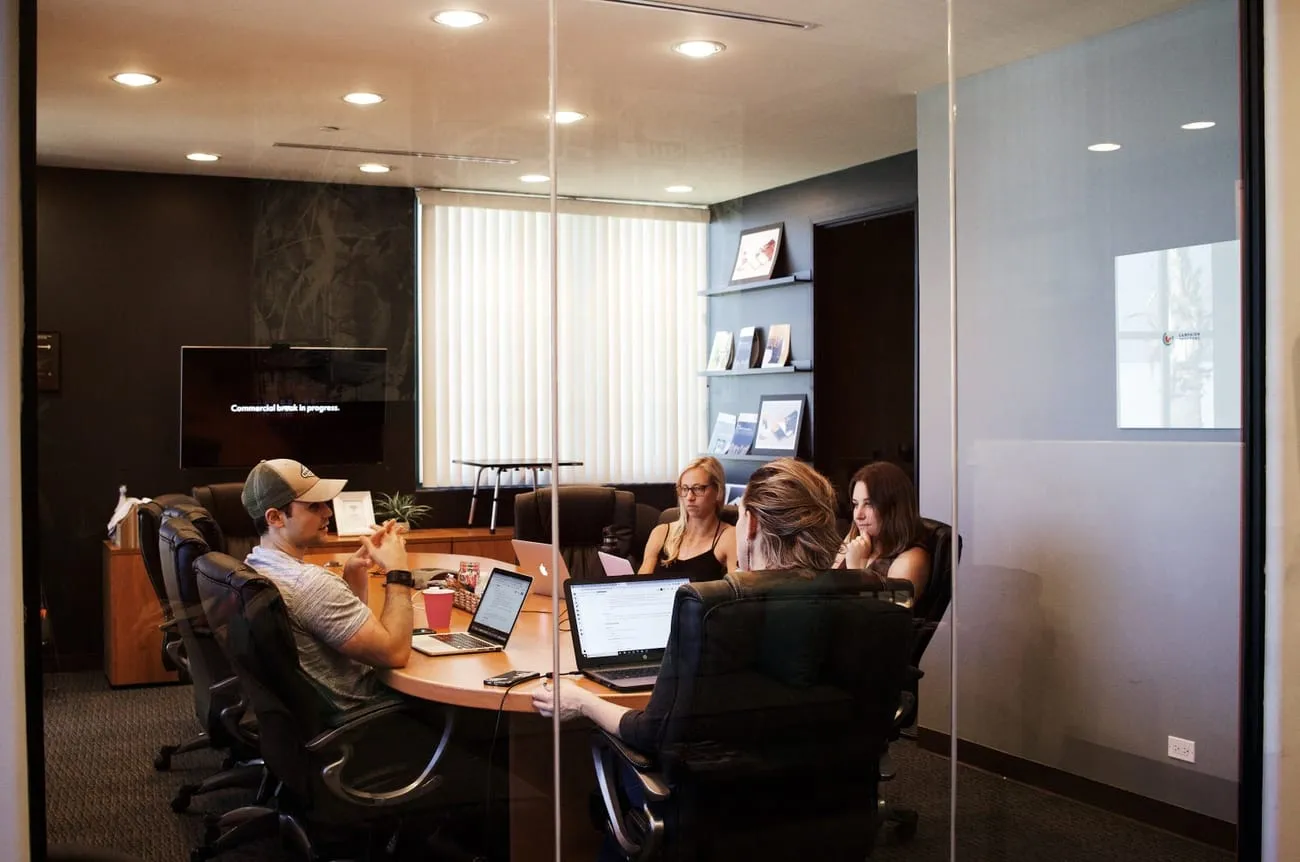How to Protect Your Business from Cybercrime

Let’s face it, running a small business is tough enough without worrying about all the things that could go wrong.
However, with the digital landscape constantly evolving, so are the threats businesses face.
As Australian businesses become increasingly digital, the threat of cybercrime looms larger than ever. There’s a new report made through ReportCyber (Australia’s cyber threat notification system) every 6 minutes on average, and the Australian Cyber Security Centre (ACSC) responded to 1,100 cybercrime incidents in FY22-23.
The average cost of cybercrime in Australia is staggering:
- Small business: $46,000
- Medium business: $97,200
- Large business: $71,600
That’s not including indirect costs like reputational risk, lost customer confidence and employee re-training.
As an Australian web hosting provider and small business partner, we take cybersecurity seriously. Understanding and mitigating these risks is not just a technical necessity for maintaining our web hosting services. It’s a crucial part of safeguarding your business’s future.
Unfortunately, no business is immune to cybersecurity risks. However, by reinforcing your business’s information security, you can minimise the risk of 5-figure losses and gain peace of mind in the process.
Assessing cybersecurity risks
The first step in defending your business is recognising the risks. Cyber threats come in various forms, from a seemingly harmless email harbouring phishing attempts to sophisticated ransomware that targets your business’s digital infrastructure.
According to the ACSC, the top 3 types of cybercrime Australian businesses need to be aware of are:
- Business email compromise (BEC) fraud: Criminals impersonate trusted contacts to trick you into sending money or sharing sensitive information.
- Email compromise: Hackers gain access to your email account to steal data or impersonate you to launch further attacks.
- Online banking fraud: Scammers try to steal your online banking credentials through phishing, malware or hacking to steal your money.
Remember, these are only the top 3 threats. There are countless more, from hackers’ old favourites like news-related scams and phishing emails to a new breed of AI-enabled deepfakes that are good enough to fool tech-savvy sceptics.
Safeguarding your business’s digital assets and data
Your best defence against these threats is identifying vulnerabilities within your systems and working to close the gaps.
As a small business owner, you’re all too aware of the devastating risk that cybercrime poses to your business. However, you might also think fortifying your defences is expensive or time-intensive.
It’s not.
Most hackers don’t force their way in. They sneak in through vulnerabilities like outdated software or lax security practices.
The steps to keep them out are relatively simple. Most don’t cost a thing.
Passwords
Use complex passwords combining letters, numbers, and symbols. Try to vary passwords between systems, and encourage (or enforce) regular updates to avoid common phrases or easily guessed words.
Multi-factor authentication (MFA)
Adding layers of security beyond just a password can significantly enhance account security. Implementing MFA policies, where you or your employees need to authenticate a login using a secure app or device, makes it harder for unauthorised users to gain access.
Software security
Hackers see outdated software as a gilded invitation. Enable automatic updates where possible, especially software security patches. Ensure your device’s antivirus and firewall software are up to date to defend against malware and other threats.
Reliable Australian web hosting
Prioritise security when choosing a web hosting provider. A reputable Australian provider offers robust security measures, including SSL certification (secure sockets layer), intrusion detection, local data hosting and regular secure backups.
At Registry Australia, we offer secure Australian web hosting solutions to keep your data safe.
Educate your employees
Employees are often the frontline against cyberattacks. Train them to understand the importance of secure practices, recognise phishing attempts, and follow company protocols for internet use and data protection. Re-train regularly to keep information security fresh in their minds.
Disaster recovery plan
Having a data backup plan and a disaster recovery strategy can minimise downtime and data loss in case of an attack. This should include regular backups of important data – ideally stored in multiple locations – and a clear plan for restoring data and systems.
Use reputable providers
When choosing software or managed services, only go with providers that have a strong cybersecurity reputation. That looks like adherence to industry-standard security protocols, undergoing regular security audits, and transparent practices regarding data protection and privacy.
Review, test and update
Keep an eye on the latest cybersecurity risks, and review your practices, policies and preparedness in light of emerging threats. That also covers changes to your organisation’s structure; remote working servers, unvetted software and mobile devices are all hotspots for hackers.
Let’s keep your business secure
Protecting your business from cybercrime is an ongoing process that requires vigilance, knowledge, and the right partners.
Partners like Registry Australia.
We’re committed to your success, including protecting your digital assets. With secure Australian web hosting solutions and a commitment to data security, we can help you build a safe and reliable online home for your business.


